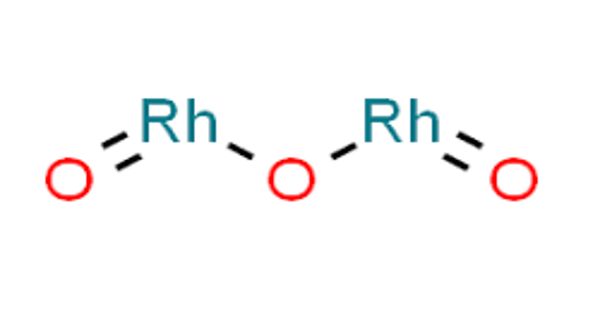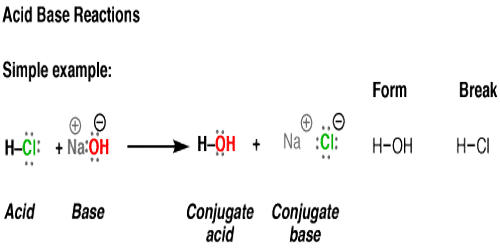Zinc selenide is the inorganic compound with the formula ZnSe. It is a binary semiconductor composed of zinc and selenium. It is a lemon-yellow solid although most samples have a duller color due to the effects of oxidation. It’s known for its wide range of applications in optics and electronics due to its unique properties. It is an intrinsic semiconductor with a band gap of about 2.70 eV at 25 °C (77 °F), equivalent to a wavelength of 459 nm. ZnSe occurs as the rare mineral stilleite, named after Hans Stille.
Zinc selenide is a versatile compound with valuable properties that make it significant in various high-tech applications, especially in optics and electronics. Its synthesis methods allow for the production of high-quality materials for research and industrial use.
Properties
ZnSe has a direct band gap of about 2.7 eV at room temperature, making it useful for optoelectronic devices. It is transparent in the visible and near-infrared regions, which makes it suitable for lenses and windows in infrared applications. ZnSe typically crystallizes in the zinc blende structure.
- Chemical formula: ZnSe
- Molar mass: 144.35 g/mol
- Appearance: light yellow solid
- Density: 5.27 g/cm3
- Melting point: 1,525 °C (2,777 °F)
- Solubility in water: negligible
- Band gap: 2.82 eV (10 K)
Applications
- Laser Technology: Used in blue and green laser diodes and solid-state lasers.
- Optical Components: Employed in lenses, windows, and beam splitters for infrared optics.
- Photodetectors: Useful in photodetectors and other electronic devices due to its semiconducting properties.
















